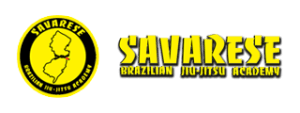Passing guard one step at a time
Passing guard one step at a time
Passing guard one step at a time is something that is commonly taught here at Savarese BJJ Academy (bergencountybjj.com). In addition, it is my favorite way to pass guard. There are many effective ways to pass an opponents guard, each has their good and bad points. But if I had only one way to pass guard for the rest of my life, I would unquestionably choose the method of forcing my way to half guard and passing from the half guard. Of all the methods out there, this is, in my experience, the most versatile and the most high percentage of all ways to pass the guard. It works equally well gi or no gi, grappling and fighting. As well as MMA. All my students excel at it and it figures very heavily in their passing game. No other method of passing can create such direct pressure upon the opponents head, which is a big part of why it is so successful in world championship competition. Next time you get stymied in a someones guard, break it into two steps. Force your way forward into half guard and then pass from there! I guarantee more success.
